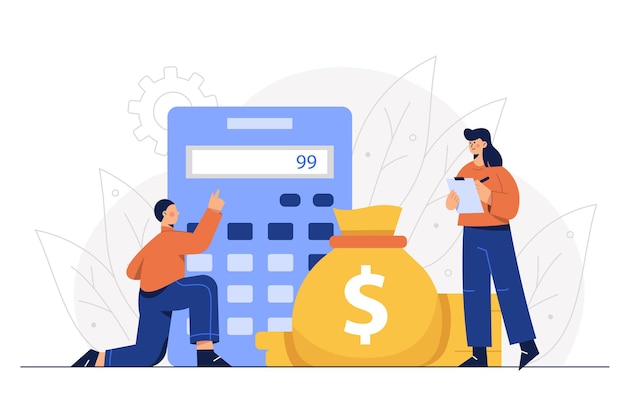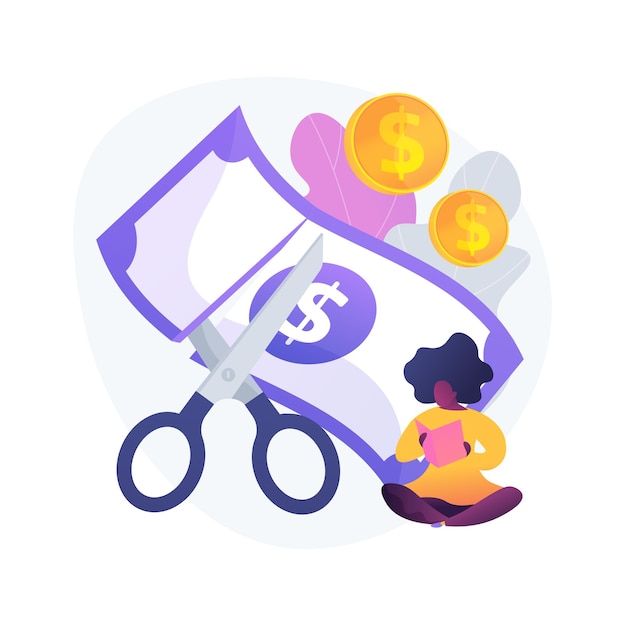When you start a dropshipping business and open a dropshipping store on eCommerce platforms, such as Shopify, and WooCommerce, it’s too easy to get stuck on pricing your products. Pricing your products is one of the most important decisions you make, because it impacts almost every aspect of your business, from cash flow to profit margins.
It also determines the success of your product or service. If you price your products correctly, it can enhance how much you sell and create the foundation for a business that will prosper. The article will introduce key factors to consider to price your products, some price strategies you need to know, and steps to choose the right pricing strategy.

Key Factors To Consider
1. Understand your customers
It is necessary to understand your customers. They will help determine how much you should charge. The key to getting to know your customer is to take some market research. Market research can range from informal surveys of your existing customer to the research projects of third-party consulting firms.
Informal surveys can be sent out in e-mail along with promotions or directly consult with an existing customer base. And if you simply want to sample all your friends, you can use SurveyMonkey and Google Surveys which are simple and inexpensive ways to compile and aggregate statistics.
In contrast, research by third-party consulting firms is more extensive and expensive, and also more professional. What’s more, it can explore your market and segment your potential customers very granularly.
After researching your customers, you will get information about your customers’ demographics, including where they live, their interests, and income levels. If your customers come from mainly low to middle-class backgrounds, they might not be willing to pay luxury prices.

2. Know your competition
Check out how much your competitors charge their customers. You can use your competition’s pricing as an initial gauge. And you can see if your product has additional value, such as additional service and higher quality, to support a higher price.
Be careful about regional differences and always consider your costs. It is also a good idea to compare net prices and market perception between your product and your competition’s based on the information from phone calls, secret shopping, published data, etc.
In addition, you can know your competition in many ways and unearth a wealth of competitive data online. You can use Google Alerts to stay abreast of the latest news on any business, product, or industry. And Google Trends reveals the popularity of all search terms.
It is also a good way to follow the social media accounts of your future rivals to know your competition. Then you’ll get to know their target audience, marketing strategies, if they’ve found a niche, etc. And pay attention to the type of promotions they offer and time, and consider whether you can match or exceed such discounts.
3. Know your costs
It is necessary to know your product costs. The cost of a product includes the literal cost of the item and overhead costs. Overhead costs may include fixed costs like rent and variable costs like shipping or stocking fees. Don’t forget to include these costs in your estimate of the real cost of your product. It is a good idea to make a sheet that covers all the costs you need to spend every month. Once you know how much you spend on products, you have your break-even point.
4. Set your revenue target
You should set your revenue target and determine your desired profit. Costs and profits are two elements of pricing. Many organizations publish free or low-cost anonymized financial information that you can refer to. Allocate your overall revenue target by each product and estimate the number of each product you expect to sell. Then divide your revenue target by the number and you have the price at which you need to sell your product to achieve your revenue and profit goals.

Common Pricing Strategies
1. Cost-based pricing
Cost-based pricing is one of the most simple ways to price your product. It doesn’t take some factors into consideration, such as customer preference, brand image, and competition. And it involves calculating the total costs it takes to make your product, then adding a percentage markup to determine the final price. There is no doubt that it is simple and lets you quickly add a profit margin to any product you intend to sell.
2. Market-oriented pricing
Market-oriented pricing also referred to as a competition-based pricing strategy, compares similar products in the market. It’s important to understand the costs of making your product, as well as the quality, compared to competitors to accurately price your product. Based on these, you can decide whether to price your products higher or lower than your competitors like the following.
- Price above market: Justpricing your product above the competition to brand yourself as having a higher-quality or better-performing item.
- Copy market: Selling your products at the same price as your competition to maximize profit while staying competitive.
- Priced below market: Using data as a benchmark and pricing a product below competitors to lure customers into your store over theirs.
3. Dynamic pricing
Dynamic pricing, also referred to as demand pricing or time-based pricing, is a strategy in that sellers set flexible prices for a product or service based on current market demands.
In other words, it is the act of changing a price multiple times throughout the day, week, or month to match consumer purchasing habits better. It requires you to keep tabs on the demands for your time and the popularity of your product and to change prices commensurately.
4. Value-added pricing
If there is added value in your product, customers might accept a higher price. There are some potential ways to benefit the customer more.
- Facilitate convenience: Some consumers would pay more rather than go out of their way to find what they need or wait a long time to get it.
- Brand your product: Many customers are willing to spend more money on a brand name that they know and feel they can trust.
- Set a trend: If your product is gizmo or fashion, market accordingly and consider corporate with influencers that can arise a word-of-mouth transmission to your target demographic.
- Create scarcity: Some activities such as limited-time sales create scarcity to stimulate consumption.
- Find a niche: If you’re one of the only sellers of a product, you have carte blanche to set high prices.
- Provide unparalleled customer service: Many customers pursue a smooth and efficient online shopping experience and prefer the guarantee that they can return a product at any time.
Steps To Choose The Right Pricing Strategy
In short words, there are six steps to choosing the right pricing strategy based on the above.
1. Set your business goals
Determine if you want to grow your market share, reach a new segment, or increase your revenue.
2. Research your customers
Run surveys or ask customers to determine if they care more about quality, cost, or service.
3. Know your competition
Analyze the pricing strategy of similar products, including the value they add in service and branding.
4. Calculate costs
Calculate the fixed and variable costs of your material, labor, and overhead to determine how much you’ll need to break even.
5. Set your revenue target
Figure out how much you want to make in profit after your business expenses are paid.
6. Evaluate your strategy
As your product attracts new customers, continually assess how your strategy is serving your business goals.






